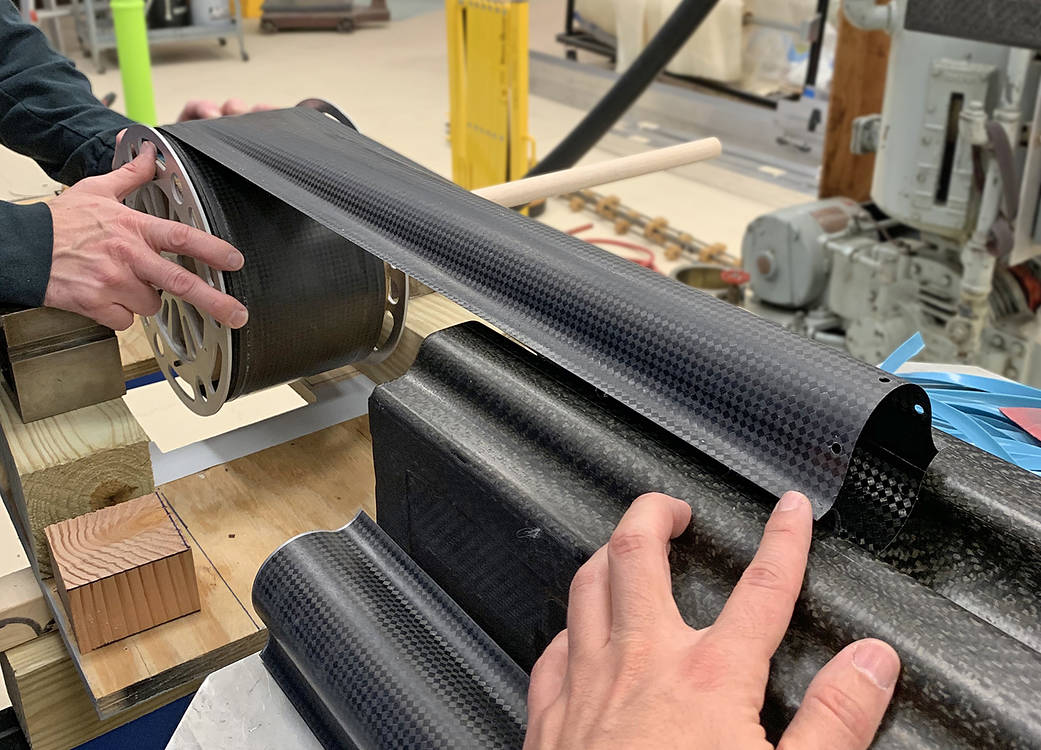In recent years, NASA and other organizations have begun to use small satellites more and more as technologists have miniaturized spacecraft avionics. Small satellites can now be used for some missions previously reserved for larger satellites. Additionally, they have a lower manufacturing cost compared to larger satellites and can be mass produced more easily.
Small satellites are particularly great candidates for carrying deployable antennas, radiators, solar panels and other instruments. However, there are limited designs for compact, lightweight support structures that can be folded or rolled up for launch and then self-deployed in space to support these kinds of systems on small satellites.
NASA’s Deployable Composite Booms project, led out of NASA’s Langley Research Center in Hampton, Virginia, is answering this need for a lightweight, foldable and rollable structural material to enable large deployable systems on small satellites. The project is developing 54-foot, thin-shell composite structural booms much lighter than metals. These booms can physically extend and support a wide range of small satellite deployable systems, such as solar arrays, antennas, drag sails, solar sails, and more. Under this project, the German Aerospace Center (DLR) is developing the unit that will store and deploy these composite booms and is performing structural testing of the booms for the project.



























